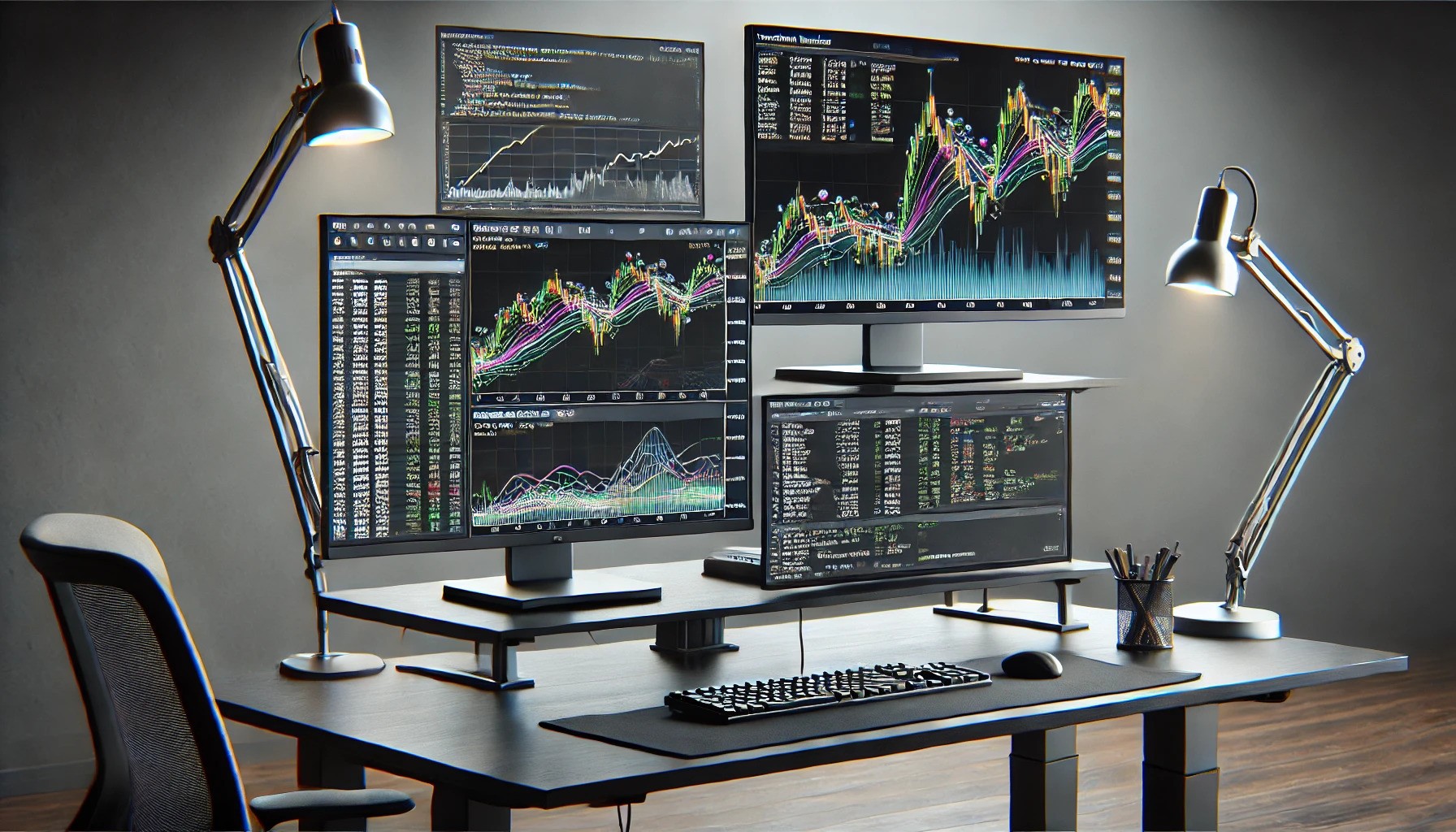Richard D. Wyckoff was a pioneering stock market analyst and trader in the early 20th century, renowned for developing a systematic approach to tape reading, market trends, and volume analysis, which remains influential in technical analysis and day trading strategies today. Wyckoff’s method of day trading, as described in his "The Day Trader’s Bible," centres on interpreting the tape to understand the immediate trend of prices. It’s a pursuit that requires a specific mindset, discipline, and a deep understanding of market mechanics.
Here’s a breakdown of key principles, with examples drawn from the text:
Tape Reading as a Skill
Wyckoff emphasizes that tape reading is not about reacting to news, tips, or opinions, but rather about analysing moment-by-moment transactions to gauge supply and demand. For example, instead of buying a stock because it "looks strong", a tape reader observes the volume and price action to determine if there is genuine accumulation or distribution by large investors.
Importance of the "Trend"
A key aspect of tape reading is determining the immediate trend of prices by observing the tape. For example, a tape reader looks for a series of higher tops and bottoms on the tape to confirm an upward trend, and vice-versa for a downward trend. Wyckoff notes, "Within the recording of sales, there runs the fine silken thread of the trend".
The Role of Volume
Wyckoff stresses the importance of volume in conjunction with price action. For example, he describes a situation where a large volume of shares traded at a specific price level signals a turning point in a stock’s price. He also discusses how large volumes can indicate accumulation or distribution. Another example is when a large lot is taken at a fraction above the last sale, and a tape reader can see it as the start of an active speculative demand.
Understanding Market Mechanics
A successful tape reader needs to be familiar with the mechanics of the market. This involves understanding how large operators accumulate and distribute stocks, the different types of markets (bull, bear, sideways), and the effect of news and rumours. An example of this is understanding how floor traders will attempt to ferret out a weak spot in the market, which the tape reader must be able to detect.
The Significance of Points of Resistance
Wyckoff mentions the importance of identifying "points of resistance". He gives an example of a stock that breaks to 128, rallies to 129, and then turns down again, indicating 129 as a point of resistance. A tape reader uses these points to place stops, to buy or sell when these are broken or for scalping profits.
Discipline and Mental Control
Wyckoff underscores the need for self-reliance, discipline and emotional control. He states that a tape reader should not be swayed by outside influences and should remain calm when a stop loss is triggered. For example, a trader should not be anxious to make a certain profit for the day as it will warp their judgement.
Importance of Limiting Losses
The text emphasizes the importance of using stop losses and limiting risk. Wyckoff suggests that a stop loss should be placed within 2 points of entry. Another way is to use a trailing stop. A trader should also not move a stop loss to increase risk.
The Day Trader’s Mindset
A day trader should not carry positions overnight and must be flexible, adjusting to the market in the moment. The day trader must not have a long term position interfering with short term trades, and it is important to separate the two. An example is of a trader who, when short of a stock and seeing an opportunity to go long on a different stock, should wait to cover the short position on a dip before going long on the other issue.
Concentration and Stock Selection
Wyckoff recommends focusing on one or two stocks at a time to fully understand their habits and characteristics, and avoid chasing "a drove of pigs". For example, instead of selling short a number of stocks, a trader is better off selling short a single stock they know well, based on analysis and reason. He also suggests focusing on stocks with a large floating supply, wide public interest, and definable trends. An example of this is Union Pacific which Wyckoff regards as a market leader.
The Value of Experience
Wyckoff stresses that tape reading is an art that improves with practice and experience. It requires the devotion of one’s entire time and attention. For example, he notes that a new tape reader must study for two or three months and initially only trade in small lots. He also recommends keeping a book of each trade to help evaluate performance and avoid being biased.
Trading in Different Market Conditions
Wyckoff points out that tape reading can be applied to dull markets as well as active markets, however, dull markets may not offer the best opportunities. For example, in a dull market a tape reader might scalp for small profits at points of resistance.
Rejection of Mechanical Systems
Wyckoff does not recommend the use of charts or other mechanical methods as the sole basis for trading. Although charts can be used as a supplement, a tape reader’s focus should be on the tape itself. For example, while figure charts can highlight points of accumulation or distribution, they are not to be used as the sole basis for trading as they don’t show the whole picture.
Profitability of Tape Reading
Wyckoff illustrates how compounding small profits can lead to significant gains. For example, a trader averaging $250 per day with an initial capital of $25,000 can grow their account by 1% daily. By steadily increasing their position size by 10% for every $5,000 in capital growth, they could scale from trading 100 shares to 150 shares within a month, and potentially to 300 shares over a few months. The key is focusing on accumulating points—e.g., consistently capturing 5 points per trade—while adjusting position size proportionally to account growth, ensuring disciplined and exponential gains.
In essence, Wyckoff’s method is a holistic approach to day trading, requiring a combination of technical skill, psychological fortitude, and a deep understanding of market dynamics. It is a method that requires continual learning and adaptation to the market to be successful.




